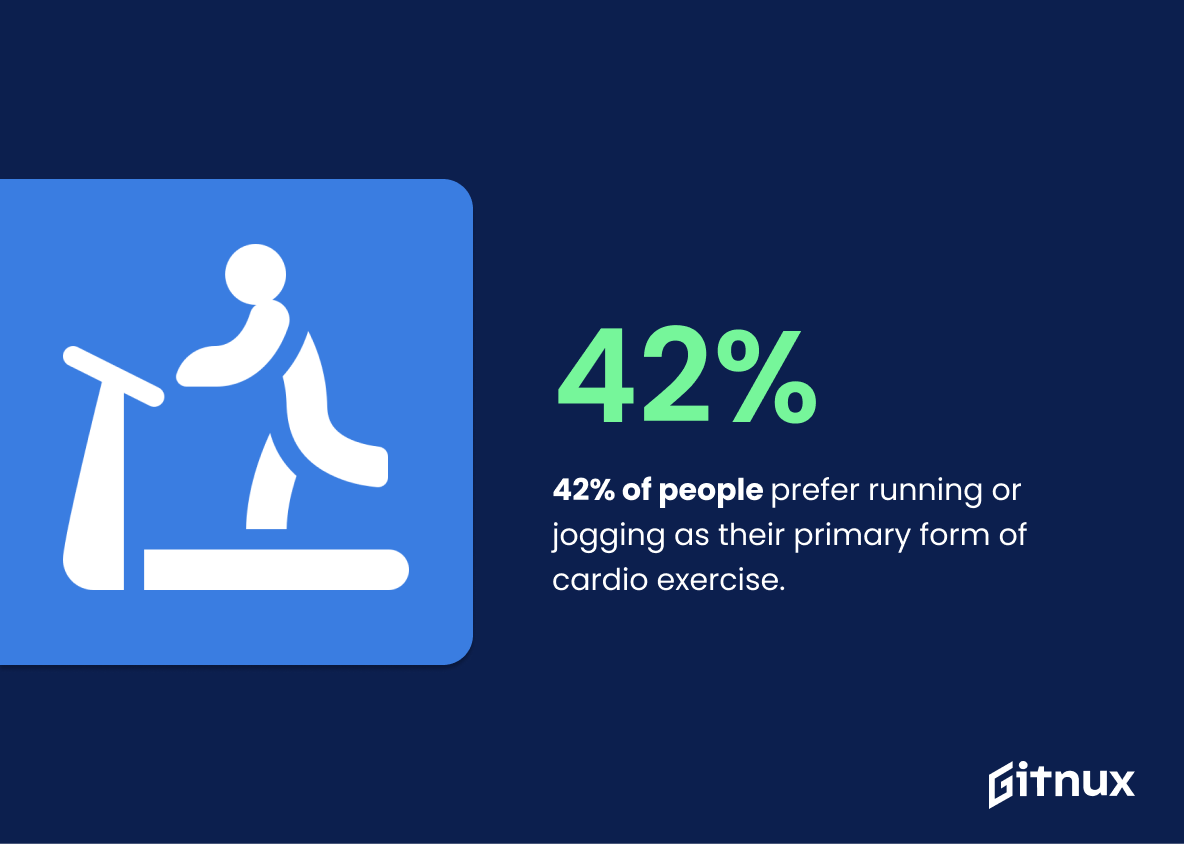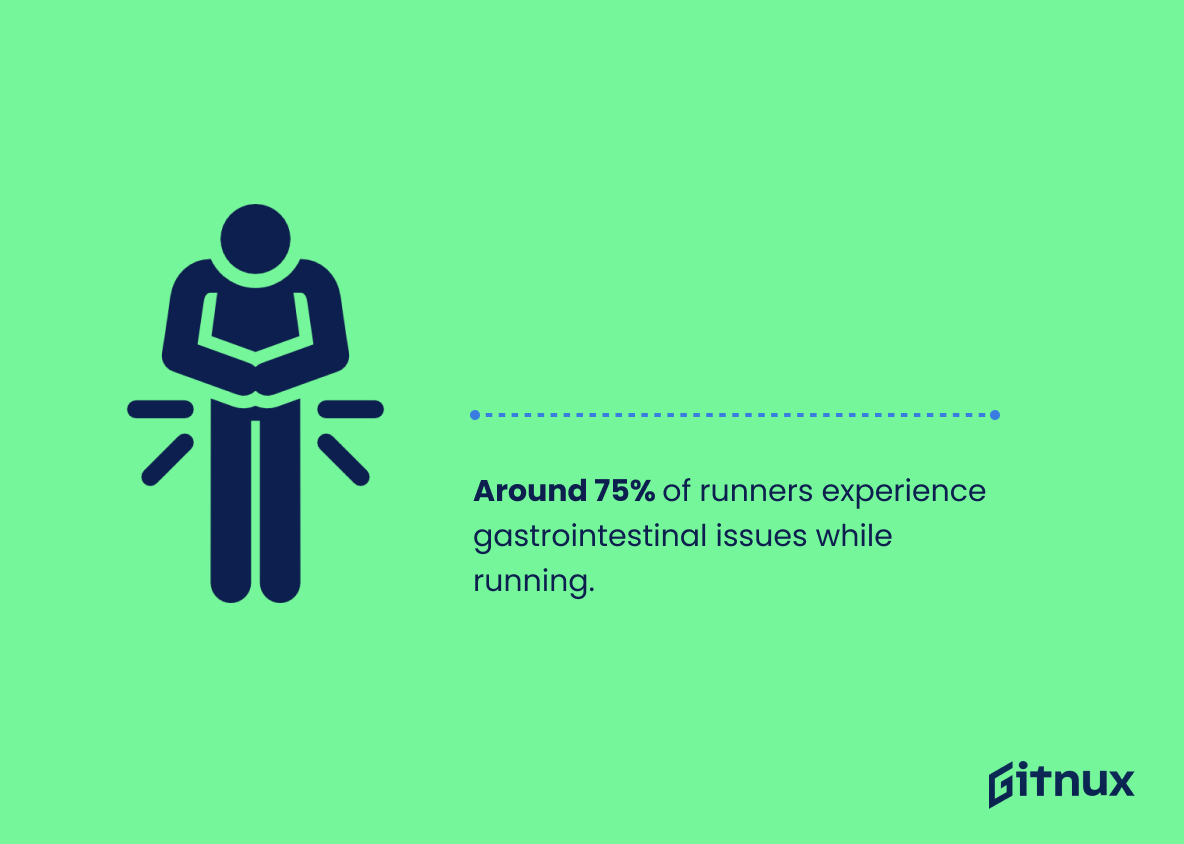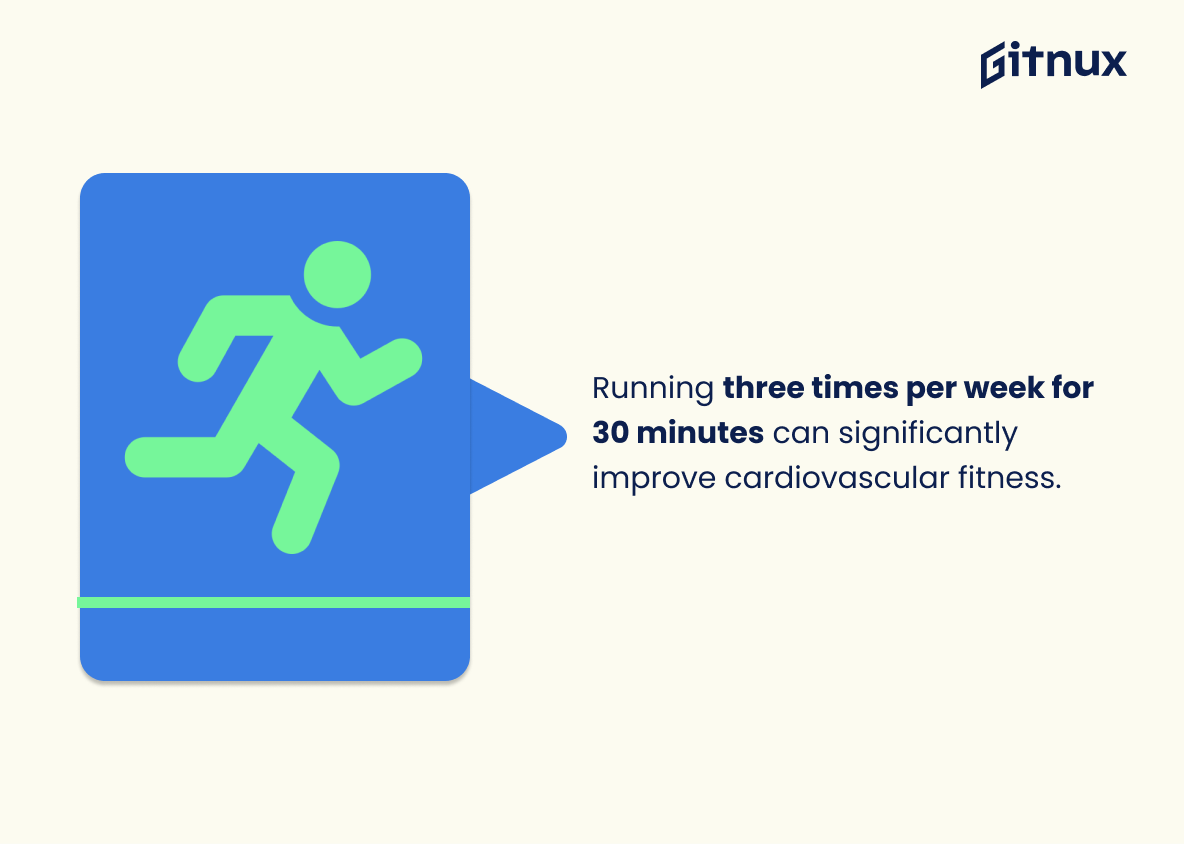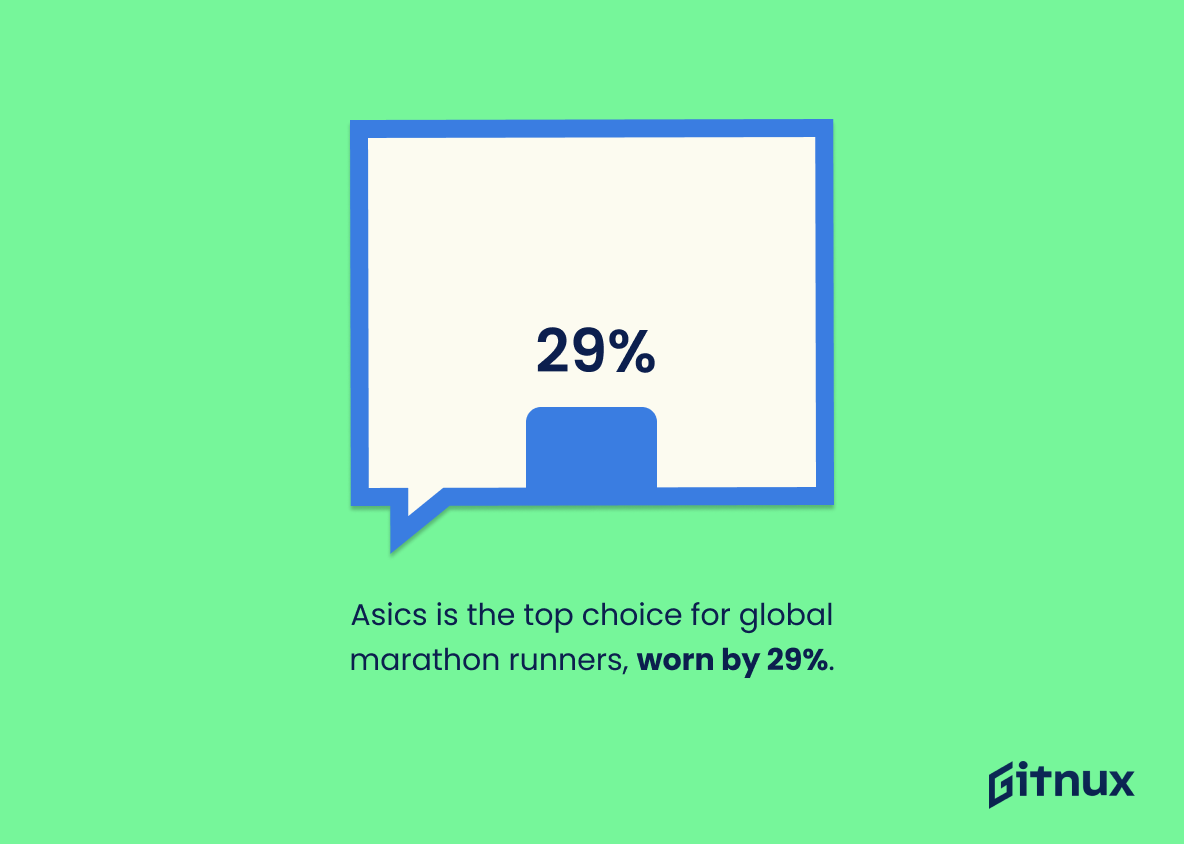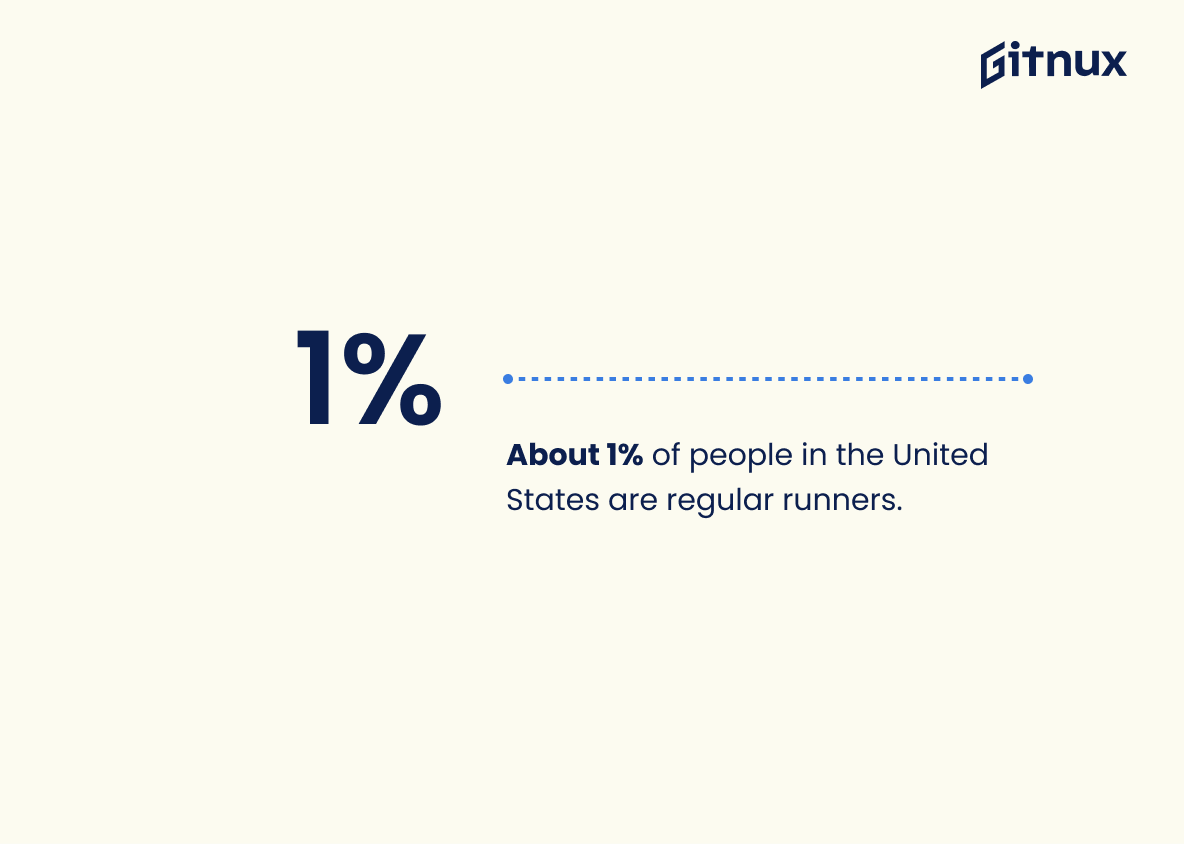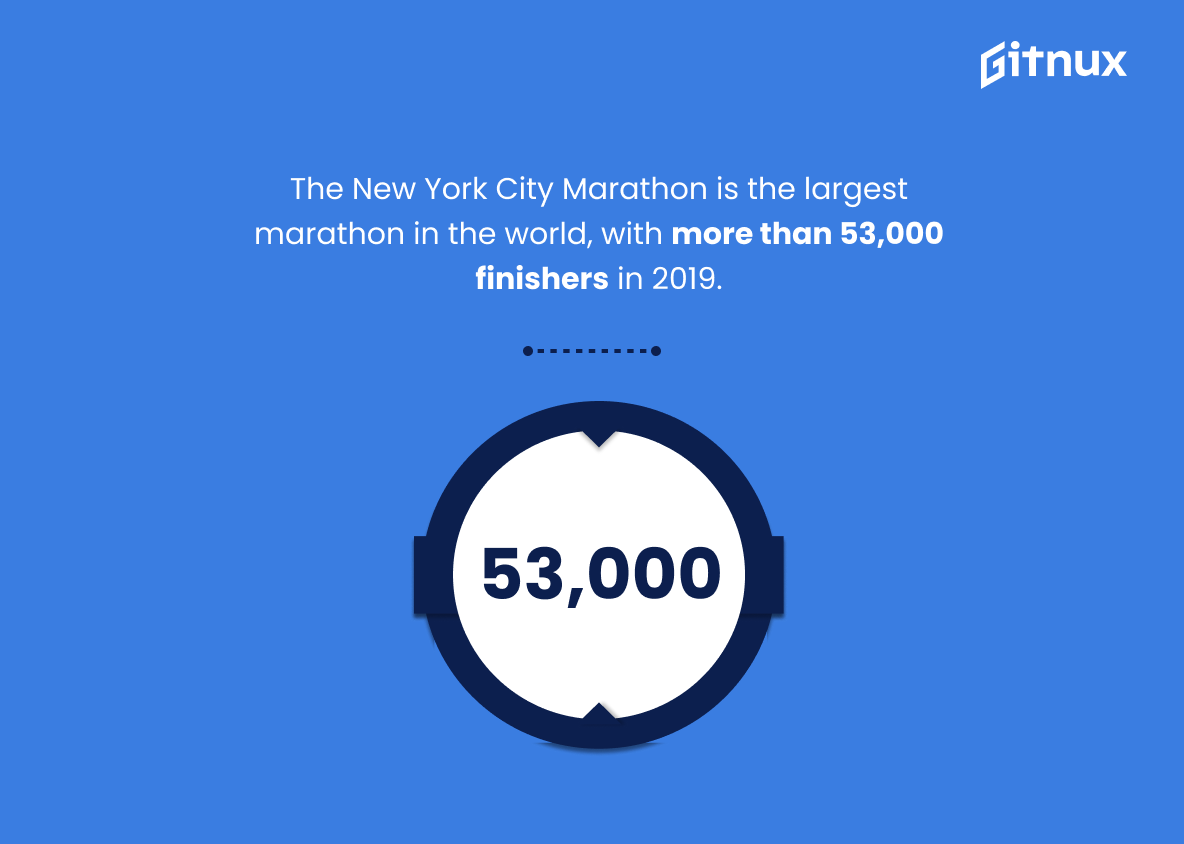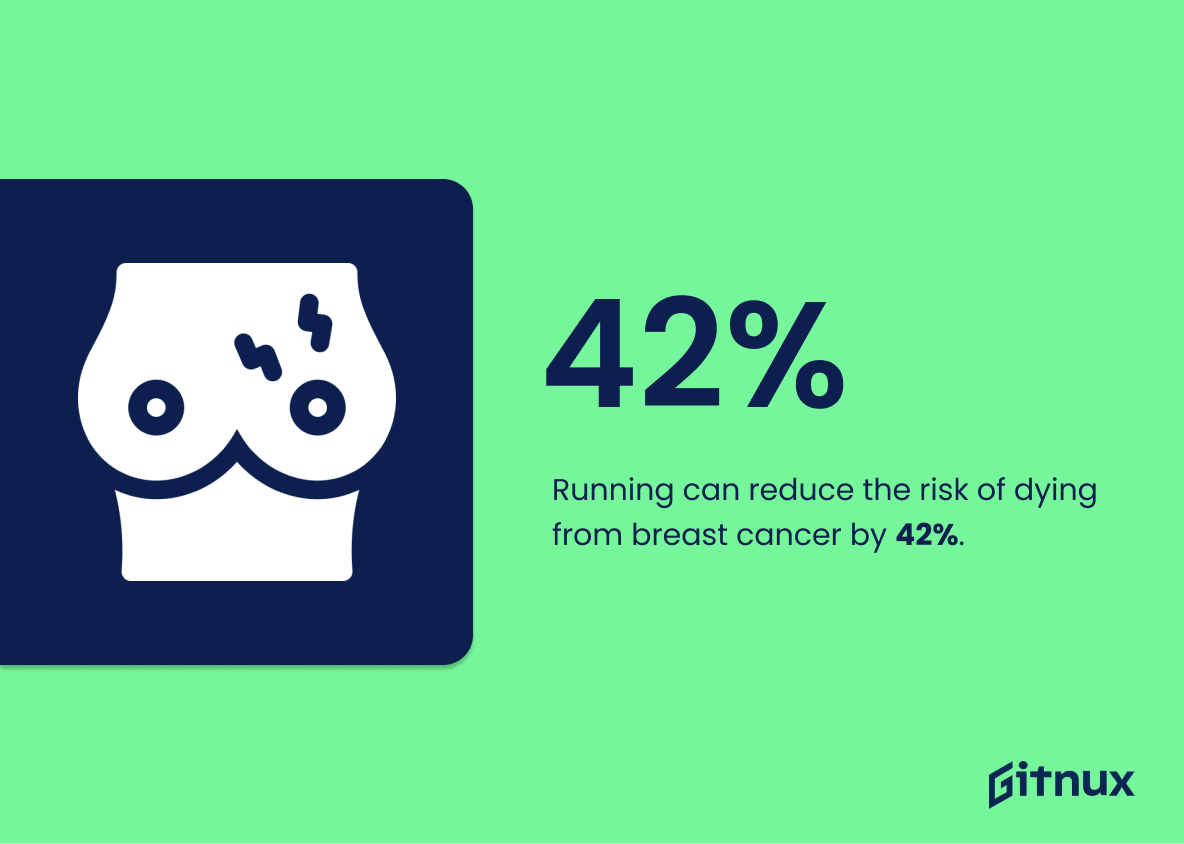Running is a favorite exercise for millions globally. Statista revealed that in 2017, 60 million Americans ran or jogged. However, the NCBI noted that 55% get injured yearly. In 2019, 9.65 million completed a 5K race in the U.S, with 42% choosing running as their primary cardio. Moreover, 98,967 ran marathons nationwide in 2018, 13.8% of whom were 25-29-year-olds. Interestingly, 75% had gastrointestinal issues during runs (PMC).
In the U.S, 17.6 million finished races last year, 70% being female (Running USA, 2015). Regular running can notably boost cardiovascular fitness (PMC). Running on varied surfaces could reduce injuries (American Physiological Society, 2003). Globally, Asics is the favored marathon shoe at 29% (RunRepeat). Despite this, only 1% of the U.S population are regular runners (Runner’s World). The average marathon runner’s age is 40.3 for males and 36.3 for females (RunRepeat, 2020).
The 2020 New York City Marathon had 53,000 finishers, the largest worldwide (The Times, 2019). Regular exercise, including running, can lower breast cancer risk by 42% (PubMed, 1986), and a daily five-minute jog could extend life by three years (J Am Heart Assoc, 2014). Olivier Leblond holds the record for the fastest 100-mile trail run at 13 hours, 32 minutes (Ultra Running, 2021).
Running Statistics Overview
42% of people prefer running or jogging as their primary form of cardio exercise.
This statistic is significant in the context of a blog post about Running Statistics as it provides insight into the popularity of running and jogging as a form of cardio exercise. It demonstrates that a large portion of people prefer running or jogging as their primary form of cardio exercise, indicating that it is a popular and widely accepted form of exercise.
13.8% of runners who started a 5K race in 2018 in the U.S. were aged 25-29.
This statistic is significant in the context of running statistics as it provides insight into the age demographic of runners who participated in 5K races in 2018 in the U.S. It is important to understand the age range of runners in order to better understand the trends and patterns in running participation. Additionally, this statistic can be used to inform marketing and outreach strategies to target specific age groups.
Around 75% of runners experience gastrointestinal issues while running.
This statistic is a stark reminder of the physical toll that running can take on the body. It highlights the importance of taking proper precautions to ensure that runners are able to stay healthy and perform at their best. Knowing this statistic can help runners make informed decisions about their nutrition and hydration habits, as well as their training and recovery plans.
Running three times per week for 30 minutes can significantly improve cardiovascular fitness.
This statistic is a powerful reminder of the positive impact that running can have on cardiovascular fitness. It highlights the fact that even a relatively small commitment to running can have a significant effect on one’s overall health. This is an important point to make in a blog post about running statistics, as it encourages readers to take up running as a way to improve their health and fitness.
Runners who train on both soft and hard surfaces experience fewer injuries.
This statistic is invaluable for runners looking to stay healthy and injury-free. Training on both soft and hard surfaces can help runners build strength and endurance while reducing the risk of injury. This is especially important for runners who are looking to increase their mileage or take on more challenging terrain. By incorporating both surfaces into their training, runners can ensure that their bodies are prepared for whatever the road throws at them.
The average age of male marathon runners in the US is 40.3 and for females is 36.3.
This statistic is significant in the context of running statistics as it highlights the difference in average age between male and female marathon runners in the US. It is an important indicator of the gender gap in running, and can be used to inform discussions about the accessibility of running for different genders.
The most popular running shoe brand among marathon runners globally is Asics, with 29% of runners wearing Asics shoes.
This statistic is significant for a blog post about Running Statistics as it provides insight into the preferences of marathon runners around the world. It shows that Asics is the most popular running shoe brand among marathon runners, indicating that the brand is trusted and favored by many. This information can be used to inform readers of the blog post about the best running shoes to purchase for their own marathon training.
About 1% of people in the United States are regular runners.
This statistic is significant in the context of a blog post about Running Statistics as it provides a benchmark for the number of people who are actively engaging in the activity. It serves as a reminder that running is still a relatively niche activity, and that there is still plenty of room for growth in the running community.
The average pace for all U.S. marathons in 2015 was 4:26:45.
This statistic is a valuable insight into the running community, as it provides a benchmark for runners to measure their own performance against. It also serves as a reminder of the dedication and hard work that goes into completing a marathon, as the average pace is a testament to the collective effort of all the runners who participated in the event.
The New York City Marathon is the largest marathon in the world, with more than 53,000 finishers in 2019.
This statistic is a testament to the sheer magnitude of the New York City Marathon, showcasing its immense popularity among runners from all over the world. It is a remarkable feat that more than 53,000 people were able to complete the race in 2019, making it the largest marathon in the world. This statistic is a powerful reminder of the dedication and commitment of runners everywhere, and serves as an inspiring example for those looking to take on the challenge of running a marathon.
Running can reduce the risk of dying from breast cancer by 42%.
This statistic is a powerful reminder of the potential benefits of running when it comes to breast cancer. It highlights the fact that running can be an effective way to reduce the risk of dying from this disease, making it an important factor to consider when discussing the health benefits of running.
Conclusion
Running is a popular activity in the United States, with 60 million people participating in running, jogging or trail-running in 2017. While it can be an enjoyable and rewarding experience for many runners, there are also risks associated with this sport – 55% of runners experience some type of injury each year. Despite these potential dangers, millions of Americans still participate in 5K races every year (9.65 million) and prefer running as their primary form of cardio exercise (42%). Marathon participation has also seen steady growth over the years; 98,967 marathoners completed a race last year alone.
The demographics of American runners vary greatly depending on the distance they choose to run: 13.8% aged 25-29 participated in 5Ks while 40% core runners have an annual household income above $100k per annum. Additionally, women make up 70% road race finishers overall but men dominate marathons at 53%.
Overall health benefits from regular running include improved cardiovascular fitness when done three times per week for 30 minutes and reduced risk factors related to breast cancer by 42%. Furthermore studies suggest that even just five minutes daily could add three years onto one’s life expectancy. Finally experienced athletes should consider varying terrain during training sessions as this may reduce injuries compared to only using hard surfaces such as roads or pavements.
In conclusion we can see that despite its inherent risks involved with any physical activity like running – which includes gastrointestinal issues affecting 75%, according to research – more than 17 million people across America finished races last year alone showing how much joy it brings them regardless if they’re competing against others or themselves.
References
0. – https://www.physiology.org
1. – https://www.nytimes.com
2. – https://www.statista.com
3. – https://www.ncbi.nlm.nih.gov
4. – https://www.runnersworld.com
5. – https://www.pubmed.ncbi.nlm.nih.gov
6. – https://www.runrepeat.com
7. – https://www.wellsteps.com
